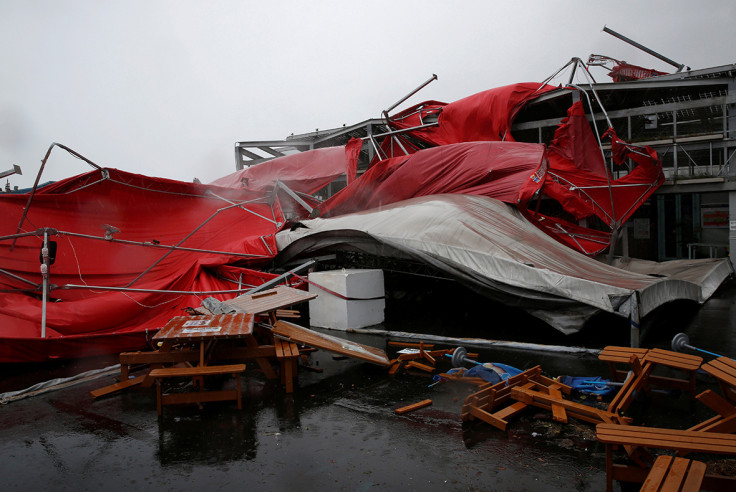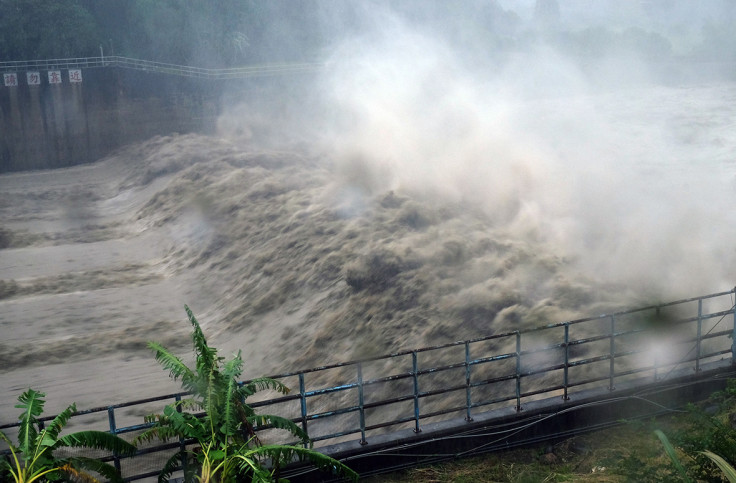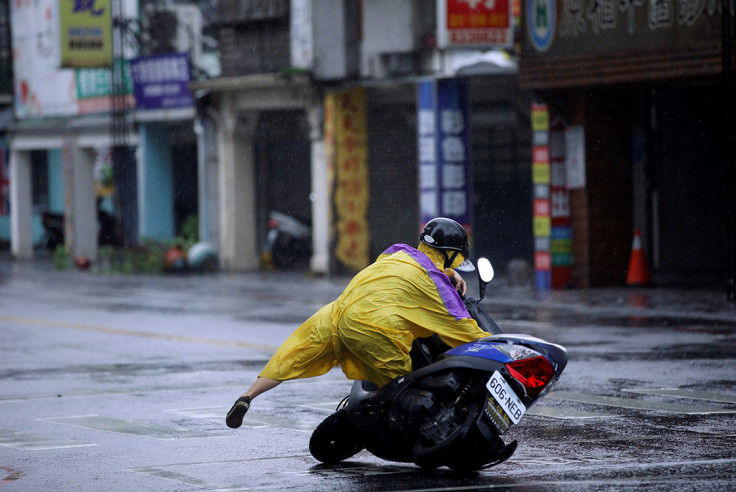Typhoon Megi kills one in China as several structures collapse from deadly wind speeds
The storm has hit China one day after killing four people and injuring hundreds in Taiwan.
Typhoon Megi reached eastern China on 28 September, killing at least one person. The deadly storm hit Quanzhou City in Fuijan Province one day after it killed four people and injured at least 600 in Taiwan.
The official China News Service reported that one person had died after several structures collapsed in Quanhou. Some areas have seen more than 300mm of rain in just 24 hours, causing severe flooding with water levels of local river surpassing alert levels.
According to Chinese state-run media, Typhoon Megi is the 17<sup>th typhoon to hit the country this year alone. Schools have closed and dozens of flights had been cancelled.
State television showed images and videos of people walking through knee-deep waters in Fuijan's capital city of Fuzhou. Rescue workers were also seen pulling stranded residents out of the water on inflatable boats as the storm moved north-west.
On 27 September, Typhoon Megi battered parts of Taiwan, leaving nearly 4 million homes without power and shutting down 10 provincial highways. Sustained winds of up to 160kph (100mph) were reported on the island and more than 4,800 people were still in emergency shelters on 28 September afternoon.
According to Taiwan's Central Emergency Operations Center, there were at least 625 injuries during the storm. This included eight Japanese tourists whose tour bus was turned on its side in central Taiwan, while three other people suffered fatal falls and a fourth person died in a truck crash.
Many of the injuries are believed to have been caused by falling structures and objects. Typhoon Megi was reported to be 500km (310m) in diameter when it hit Taiwan as the fourth typhoon to batter the country in the last two weeks.



© Copyright IBTimes 2025. All rights reserved.






















